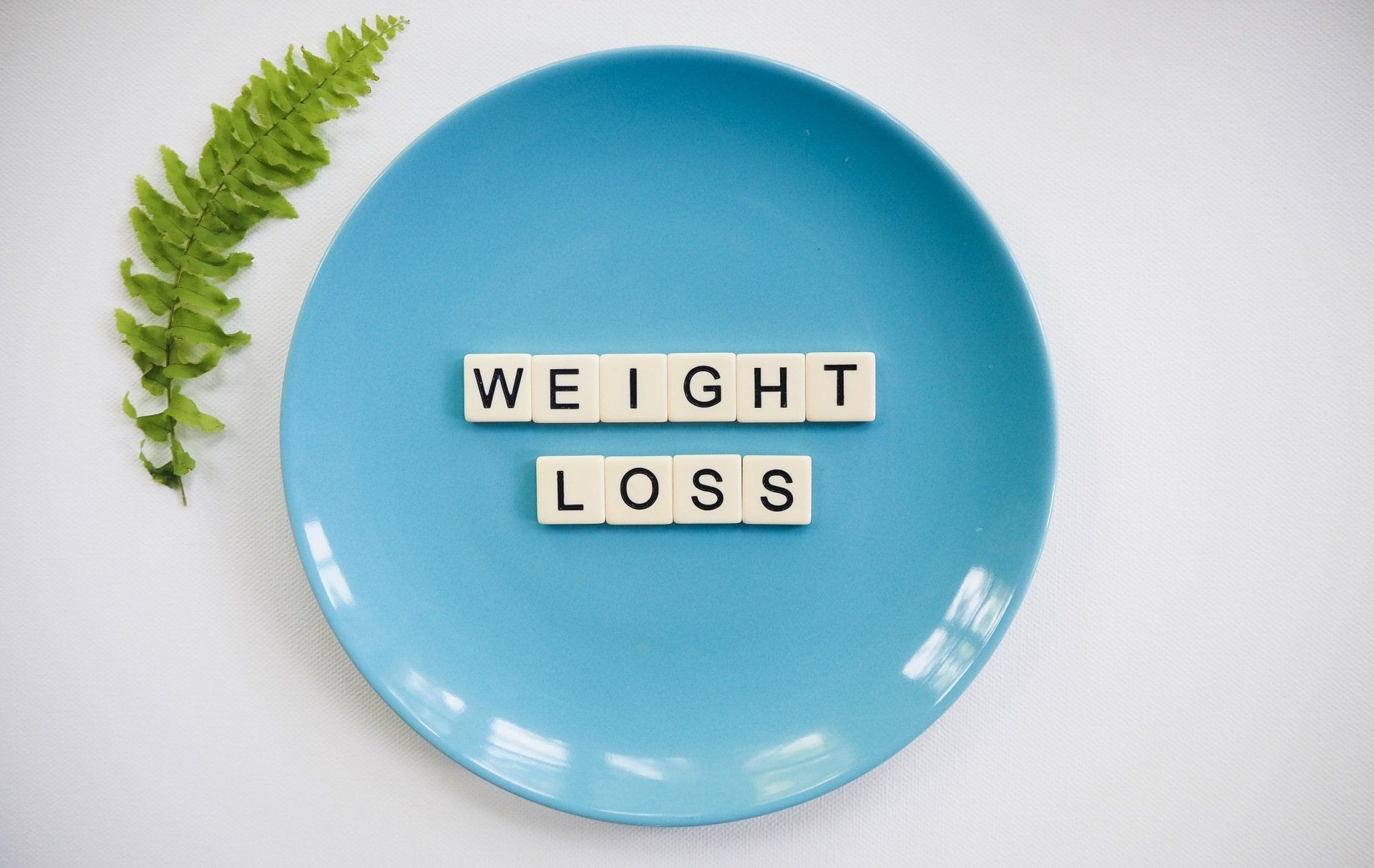What is the cause of Cancer?
WHAT CAUSES CANCER ?
Despite the obvious lack of a single answer, this is a very commonly asked question. I will barely scratch the surface here.
When we think of cancer, we think of tissue cells that suddenly become overactive. The cells now endlessly divide, grow, and even move out of their home organs in order to invade other organs. Like unwanted guests, they burrow into other organs, claim illegal space and take over the function of other organs, eventually killing them.
Something must have gone wrong within the inside of a cell, causing it to actively make more of itself. Something must have gone wrong within the inside of a cell, causing it to actively make more of itself. Normal cells stop multiplying when the space becomes too crowded. Cancer cells don’t stop. This is what we call “loss of contact inhibition.”
There is also a phenomenon unique to cancers, and that is the loss of their ability to die! Or failure of “apoptosis. “ (Greek word meaning to fall off).
BASIC CELL MACHINERY-
"PARTS OF THE CELL"
The cell also has two main parts, the nucleus and the mitochondria, plus many other organelles.
Like a computer, all cells have a hard drive serving as the brain (this is the nucleus) and a main energy source or battery pack (the mitochondria).
Add to this we have other peripherals (Golgi bodies, ribosome, lysosomes) like a mouse, camera, microphone and a keyboard, all important but which are not central players.
Dateline 2016:
It is clear that even with the latest ground breaking discoveries in immunology and targeted cancer therapies, in the majority of cancer cases, we still have not nailed down the cure.
We can treat, extend life, and in early stages of cancer, might even be able to cure. But in most cases of advanced stage cancers, the aim of surgery, chemotherapy or radiation is sadly only to prolong the inevitable.
One main cause of cancer is having TOO MANY BIRTHDAYS.
But what happens after you blow out your Nth candle?
Just like a political election process, there is a leading candidate and an underdog. The forerunner in this case is a supporter of the more popular GENETIC BASIS OF CANCER theory. This theory proposes that something has gone wrong within the “genes”. The current underdog is the METABOLIC THEORY candidate.
THE GENETIC THEORY
A good analogy would be to think that each cell is like a car, each with its own chauffeur (in this case the chauffeur contains the nuclear DNA, which is a ladder shaped coiled structure and is an important part of our chromosomes, much like the hard drive is in control of a computer).
This NUCLEUS located in the center of a cell is the mastermind controlling the many essential cellular processes needed to survive and grow.
When we age, like a car, things start breaking down within the hard drive or nucleus.
The proposed target is the nuclear DNA, (Recall that this is that helical ladder like structure that rests within the nucleus). Nicks or cracks begin to develop in the rungs of this DNA ladder, or parts of the nucleic acid rungs get damaged or start falling off .
The genetic theory blames this “mutation” or “defect” for the loss of the cell’s ability to contain itself. It now rapidly multiplies without concern for the limited space, and in addition, they also lose the ability to die.
It follows that if we identify the defect, then we can fix it and the cancer will be gone.
Hence the race to identify all the genetic mutations that exist within cancers of every type. The belief is once we identify the mutation, we can produce a drug that will cure it.
THE METABOLIC THEORY
Evidence is emerging regarding the METABOLIC THEORY of cancer. It is an old theory, popular more than 80 years ago. It lost popularity and research basically fizzled when pharmaceutical companies began developing more effective drugs. This field of though especially in relation to cancer only recently began to resurface. 1–3 Again we can also blame too many birthdays for this. The breakdown is inevitable, but the metabolic theory looks at the defects of the energy production process rather than at the nuclear DNA defects.
DEFECTIVE POWER PACKS- "MITOCHONDRIA"
As we get older, the mitochondria becomes more easily damaged. The processes that produce the energy found inside the “battery pack” or mitochondria simply are not working as well as before. There is a process within the mitochondrial battery pack which I can compare to a warehouse sweatshop. Normally there are chains of workers inside, hurriedly passing around electrons and oxygen atoms, from one worker to another, trying to produce quality energy fuel for the cell. Without getting too technical here, this is where the “high energy batteries” are made. In cancer cells, the mitochondria or main energy machine, becomes damaged by outside forces. Reactive oxygen species (a highly charged type of oxygen atom) is one offender, and the inside of the mitochondria becomes dysfunctional. The energy output decreases, and so the energy production has to rely on a smaller backup generator, which is located outside of the mitochondria. This backup generator (a process called glycolysis) produces only a smaller amount of energy, but enough to survive a power failure. It also happens to rely heavily on glucose! So it appears that the small backup generator is working overtime even when there is no power outage. This is cancer, the backup generator /machinery (glycolysis) that drives it is running at full speed even though there is no power outage in the main (normal cells) building.
Mitochondria also affect the normal cell's dying process. Defective ones have immortal cancer cells due to the processes seen in the diagram at the top of this page. More discussion for another day though.
TOO MUCH STIMULATION-
"INSULIN GROWTH FACTORS"
That is not all. There is also insulin. Population research shows that diabetics have higher rates of cancer compared to non diabetics. 4–7 When the body receives carbohydrates, it is turned into glucose. Glucose causes insulin to rise. Insulin is what pushes glucose to enter the cell in order to be used. After years of excessive glucose intake, the body fails to recognize insulin and it becomes “insulin resistant”. The levels of insulin begin to rise. The high insulin blood levels leads to more IGF or “ insulin growth factors “ which are linked to higher cancer rates. Animal studies show that by controlling glucose intake we can manipulate the insulin growth factor pathway into prolonging lifespans. 8
Slowing down the aging process
Autophagy
http://www.the-scientist.com/?articles.view/articleNo/31630/title/How-Autophagy-Works/
Autophagy. Greek word meaning "Auto"- means “self” , "Phagy" is “to engulf or to eat”
“To eat oneself”. The cell the ability to remove defective particles including defective mitochondria, encourage regeneration, and slow down tumor growth. During starvation, the body adapts by revving up the autophagy process, as a survival mechanism. Similar to the garbage collectors on strike, when autophagy is low, the house will not function efficiently. 9–11
Fasting can offer the same benefits of short term starvation. When you fast, you are effectively renewing yourself. A low carbohydrate diet can also mimic fasting. Exercise activates AMPK (AMP protein kinase, which is an enzyme that inhibits tumor signaling called mTOR) and slowdown tumor growth and multiplication. Exercise also lengthens telomeres, the caps seen at the end of chromosomes. Telomeres shorten with age. By preserving telomere length exercise , fasting and sensible dieting can potentially prolong the aging process , and lower the risk for cancer.
References:
- Chen EI. Mitochondrial dysfunction and cancer metastasis. J Bioenerg Biomembr. 2012;44(6):619-622. doi:10.1007/s10863-012-9465-9.
- Vidali S, Aminzadeh S, Lambert B, et al. Mitochondria: The ketogenic diet - A metabolism-based therapy. Int J Biochem Cell Biol. 2015;63:55-59. doi:10.1016/j.biocel.2015.01.022.
- Shaw RJ. Glucose metabolism and cancer. Curr Opin Cell Biol. 2006;18(6):598-608. doi:10.1016/j.ceb.2006.10.005.
- Giovannucci E. Insulin, insulin-like growth factors and colon cancer: a review of the evidence. J Nutr. 2001;131(11 Suppl):3109S - 20S. http://www.ncbi.nlm.nih.gov/entrez/query.fcgi?cmd=Retrieve&db=PubMed&dopt=Citation&list_uids=11694656.
- Gallagher EJ, LeRoith D. Minireview: IGF, insulin, and cancer. Endocrinology. 2011;152(7):2546-2551. doi:10.1210/en.2011-0231.
- Dunn SE, Kari FW, French J, et al. Dietary restriction reduces insulin-like growth factor I levels, which modulates apoptosis, cell proliferation, and tumor progression in p53-deficient mice. Cancer Res. 1997;57(21):4667-4672.
- Fine EJ, Segal-Isaacson CJ, Feinman RD, et al. Targeting insulin inhibition as a metabolic therapy in advanced cancer: A pilot safety and feasibility dietary trial in 10 patients. Nutrition. 2012;28(10):1028-1035. doi:10.1016/j.nut.2012.05.001.
- Clancy DJ, Gems D, Harshman LG, et al. Extension of life-span by loss of CHICO, a Drosophila insulin receptor substrate protein. Science. 2001;292(5514):104-106. doi:10.1126/science.1057991.
- Chen N, Karantza-Wadsworth V. Role and regulation of autophagy in cancer. Biochim Biophys Acta - Mol Cell Res. 2009;1793(9):1516-1523. doi:10.1016/j.bbamcr.2008.12.013.
- Hippert MM, O’Toole PS, Thorburn A. Autophagy in cancer: Good, bad, or both? Cancer Res. 2006;66(19):9349-9351. doi:10.1158/0008-5472.CAN-06-1597.
- Levine B. Cell biology: autophagy and cancer. Nature. 2007;446(7137):745-747. doi:10.1038/446745a.
- https://www.tasciences.com/what-is-a-telomere/





